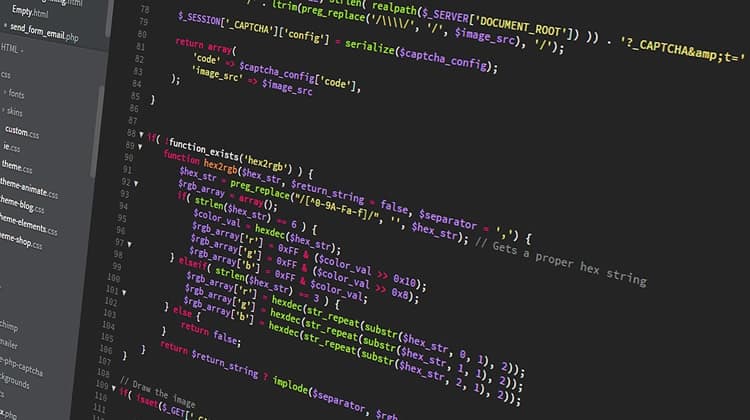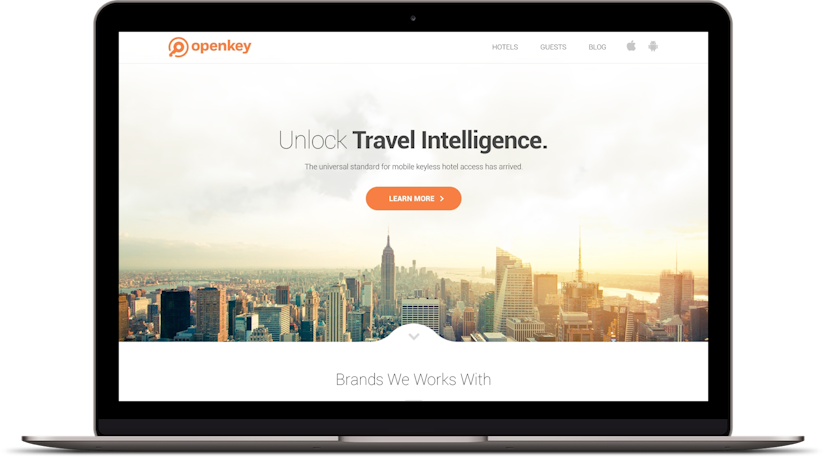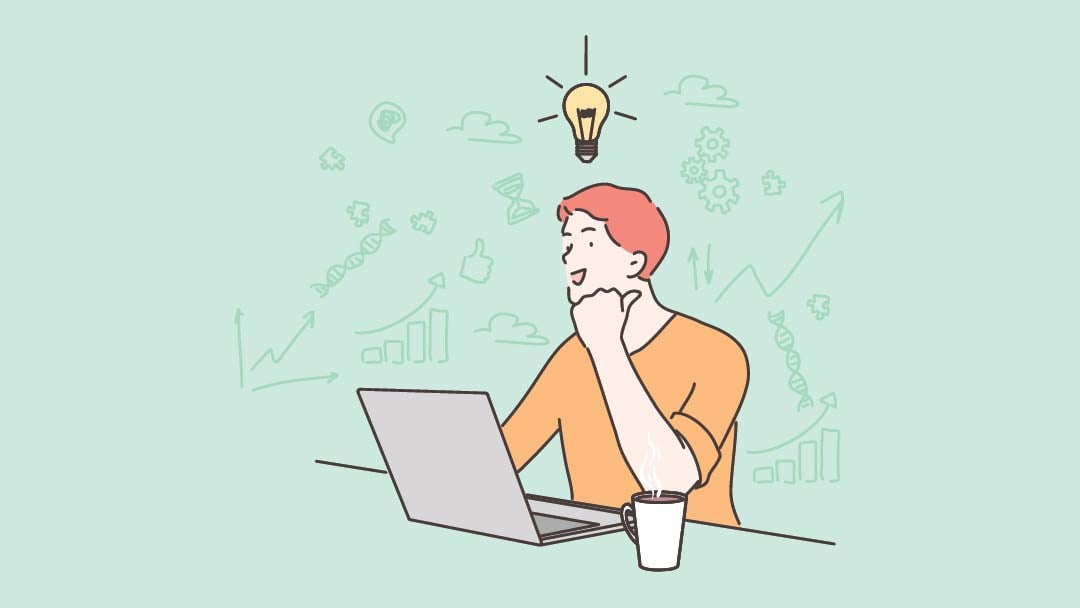All Categories
Featured
Table of Contents
- – Responsive Design Best Practices - Google Sear...
- – Awwwards - Website Awards - Best Web Design T...
- – The Top 10 Most Important Elements Of A Websi...
- – Webpage Design (Article) - Further Learning -...
- – Web Design Studio & Digital Marketing Agency ...
- – Web Design Services + Website Development Age...
- – Web Design Studio & Digital Marketing Agency...
- – Chavez Web Design: Web Design San Diego - Ba...
- – Web Design Services + Website Development Ag...
- – Webpage Design (Article) - Further Learning ...
- – Top Web Design Courses Online - Updated [Apr...
Responsive Design Best Practices - Google Search Central Tips and Tricks:
Quick summary Functionality and the energy, not the visual design, determine the success or failure of a site. Considering that the visitor of the page is the only person who clicks the mouse and for that reason chooses whatever, user-centric design has developed as a standard approach for successful and profit-oriented website design - web design frederick md.
and the energy, not the visual style, figure out the success or failure of a site. Given that the visitor of the page is the only person who clicks the mouse and for that reason decides everything, user-centric design has actually ended up being a basic approach for successful and profit-oriented web style. If users can't utilize a feature, it may as well not exist.
g. where the search box need to be placed) as it has already been performed in a variety of short articles; rather we concentrate on the methods which, utilized correctly, can lead to more sophisticated design decisions and simplify the process of viewing presented information. Please discover that you may be interested in the usability-related posts we have actually published prior to: Concepts Of Good Site Style And Reliable Website Design Standards, In order to use the principles appropriately we initially need to comprehend how users engage with sites, how they believe and what are the standard patterns of users' habits.
Awwwards - Website Awards - Best Web Design Trends Tips and Tricks:
Visitors glance at each new page, scan a few of the text, and click on the first link that catches their interest or vaguely resembles the important things they're trying to find. There are large parts of the page they do not even look at. Many users browse for something intriguing (or useful) and clickable; as soon as some appealing candidates are discovered, users click.
If a page supplies users with top quality content, they are ready to compromise the material with ads and the style of the website. This is the reason not-that-well-designed sites with premium material gain a lot of traffic over years. Material is more vital than the design which supports it.

Users do not check out, they scan. Notice how "hot" areas abrupt in the middle of sentences. This is common for the scanning process. Very simple principle: If a website isn't able to fulfill users' expectations, then designer stopped working to get his job done effectively and the company loses money. The greater is the cognitive load and the less instinctive is the navigation, the more willing are users to leave the site and search for options.
The Top 10 Most Important Elements Of A Website Design Tips and Tricks:
Neither do they scan webpage in a direct style, going sequentially from one website area to another one. Rather users satisfice; they pick the very first sensible choice. As quickly as they find a link that appears like it may result in the objective, there is a great opportunity that it will be instantly clicked.
It doesn't matter to us if we understand how things work, as long as we can utilize them. If your audience is going to imitate you're creating signboard, then design great signboards." Users wish to be able to control their browser and rely on the constant information discussion throughout the site.
If the navigation and site architecture aren't instinctive, the variety of concern marks grows and makes it harder for users to comprehend how the system works and how to get from point A to point B. A clear structure, moderate visual clues and quickly recognizable links can help users to discover their course to their goal.
Webpage Design (Article) - Further Learning - Khan Academy Tips and Tricks:

claims to be "beyond channels, beyond products, beyond distribution". What does it imply? Since users tend to check out sites according to the "F"-pattern, these 3 declarations would be the very first components users will see on the page once it is filled. Although the design itself is easy and instinctive, to understand what the page is about the user needs to look for the answer.
As soon as you have actually achieved this, you can interact why the system is useful and how users can gain from it. Individuals will not use your website if they can't find their method around it. 2. Do Not Squander Users' Patience, In every job when you are going to offer your visitors some service or tool, attempt to keep your user requirements very little.
First-time visitors are willing to, not filling long web forms for an account they might never use in the future. Let users explore the site and find your services without forcing them into sharing private data. It's not affordable to require users to enter an e-mail address to evaluate the function.
Web Design Studio & Digital Marketing Agency • Gravitate Tips and Tricks:
And that's what you want your users to feel on your web website. The registration can be done in less than 30 seconds as the type has horizontal orientation, the user does not even require to scroll the page.
A user registration alone is enough of an impediment to user navigation to cut down on inbound traffic. 3. Manage To Focus Users' Attention, As sites offer both fixed and vibrant content, some aspects of the interface bring in attention more than others do. Obviously, images are more appealing than the text just as the sentences marked as vibrant are more attractive than plain text.
Focusing users' attention to specific locations of the website with a moderate usage of visual aspects can assist your visitors to receive from point A to point B without thinking of how it really is supposed to be done. The less enigma visitors have, the they have and the more trust they can establish towards the company the website represents.
Web Design Services + Website Development Agency Tips and Tricks:
Strive For Function Exposure, Modern web styles are normally criticized due to their technique of assisting users with aesthetically appealing 1-2-3-done-steps, big buttons with visual impacts etc. From the design point of view these aspects really aren't a bad thing.
The site has 9 primary navigation options which are noticeable at the very first glimpse. The choice of colors may be too light. is a basic principle of successful user interface design. It does not actually matter how this is accomplished. What matters is that the material is well-understood and visitors feel comfy with the method they communicate with the system.
com gets directly to the point. No charming words, no exaggerated statements. Instead a cost: just what visitors are looking for. An ideal solution for efficient writing is touse short and succinct phrases (come to the point as quickly as possible), use scannable design (classify the material, utilize numerous heading levels, use visual elements and bulleted lists which break the circulation of consistent text blocks), use plain and unbiased language (a promotion does not require to sound like advertisement; offer your users some affordable and unbiased reason why they should use your service or stay on your website)6.
Web Design Studio & Digital Marketing Agency • Gravitate Tips and Tricks:
Users are seldom on a site to enjoy the style; moreover, most of the times they are searching for the info despite the style - web design frederick md. Pursue simpleness rather of complexity. From the visitors' viewpoint, the very best site style is a pure text, with no ads or further content obstructs matching precisely the inquiry visitors used or the material they've been searching for.
Finch clearly provides the details about the website and gives visitors a choice of alternatives without overcrowding them with unnecessary content. 7. Don't Be Scared Of The White Area, In fact it's actually difficult to overestimate the importance of white space. Not only does it assist to for the visitors, but it makes it possible to view the info presented on the screen.
Complex structures are harder to check out, scan, examine and deal with. If you have the choice in between separating two style sections by a visible line or by some whitespace, it's normally much better to use the whitespace solution. (Simon's Law): the better you handle to provide users with a sense of visual hierarchy, the simpler your content will be to perceive.
Chavez Web Design: Web Design San Diego - Bakersfield ... Tips and Tricks:
The same conventions and guidelines ought to be used to all elements.: do the most with the least amount of hints and visual components. Four major indicate be thought about: simplicity, clarity, diversity, and focus. Simplicity consists of only the components that are essential for interaction. Clearness: all components ought to be developed so their meaning is not unclear.
Conventions Are Our Pals, Standard style of site aspects does not result in a dull web website. It would be an usability headache if all websites had various visual presentation of RSS-feeds.
understand what they're expecting from a website navigation, text structure, search positioning etc. A case in point from usability sessions is to translate the page in Japanese (assuming your web users do not know Japanese, e. g. with Babelfish) and supply your use testers with a job to find something in the page of different language.
Web Design Services + Website Development Agency Tips and Tricks:
Test Early, Test Frequently, This so-called TETO-principle must be applied to every web design project as use tests typically supply into considerable problems and concerns related to a given design. Test not too late, not too little and not for the incorrect reasons.
Some important indicate keep in mind: according to Steve Krug, and testing one user early in the project is much better than screening 50 near the end. Accoring to Boehm's very first law, errors are most frequent during requirements and style activities and are the more expensive the later they are eliminated.
That means that you develop something, test it, repair it and then test it again. There might be problems which have not been found during the first round as users were virtually obstructed by other problems.
Webpage Design (Article) - Further Learning - Khan Academy Tips and Tricks:

This holds for designers. After you have actually worked on a website for couple of weeks, you can't observe it from a fresh point of view any longer. You know how it is constructed and therefore you understand precisely how it works you have the wisdom independent testers and visitors of your website wouldn't have.
It can be linked to other areas such as graphic style, user experience, and multimedia arts, but is more appropriately seen from a technological standpoint. It has become a large part of people's everyday lives. It is hard to think of the Web without animated graphics, various styles of typography, background, videos and music.

Throughout 1991 to 1993 the World Wide Web was born. Text-only pages could be viewed utilizing a basic line-mode web browser. There had been no integrated technique to graphic style aspects such as images or sounds.
Top Web Design Courses Online - Updated [April 2022] - Udemy Tips and Tricks:
The W3C was developed in October 1994 to "lead the Web to its complete potential by establishing common procedures that promote its advancement and ensure its interoperability." This discouraged any one company from monopolizing a propriety web browser and programs language, which could have changed the effect of the Web as a whole.
As this has actually happened the innovation of the web has likewise carried on. There have actually likewise been substantial changes in the method people utilize and access the web, and this has actually changed how websites are designed. Because completion of the internet browsers wars [] brand-new web browsers have actually been launched. A lot of these are open source implying that they tend to have quicker advancement and are more helpful of new requirements.
Learn more about Lovell Media Group LLC or TrainACETable of Contents
- – Responsive Design Best Practices - Google Sear...
- – Awwwards - Website Awards - Best Web Design T...
- – The Top 10 Most Important Elements Of A Websi...
- – Webpage Design (Article) - Further Learning -...
- – Web Design Studio & Digital Marketing Agency ...
- – Web Design Services + Website Development Age...
- – Web Design Studio & Digital Marketing Agency...
- – Chavez Web Design: Web Design San Diego - Ba...
- – Web Design Services + Website Development Ag...
- – Webpage Design (Article) - Further Learning ...
- – Top Web Design Courses Online - Updated [Apr...
Latest Posts
Web Design And Applications - W3c Tips and Tricks:
Top Web Design Companies - Find Web Designers Here Tips and Tricks:
Web Design Courses & Tutorials - Codecademy Tips and Tricks:
More
Latest Posts
Web Design And Applications - W3c Tips and Tricks:
Top Web Design Companies - Find Web Designers Here Tips and Tricks:
Web Design Courses & Tutorials - Codecademy Tips and Tricks: